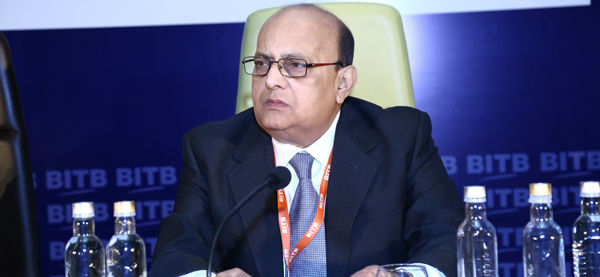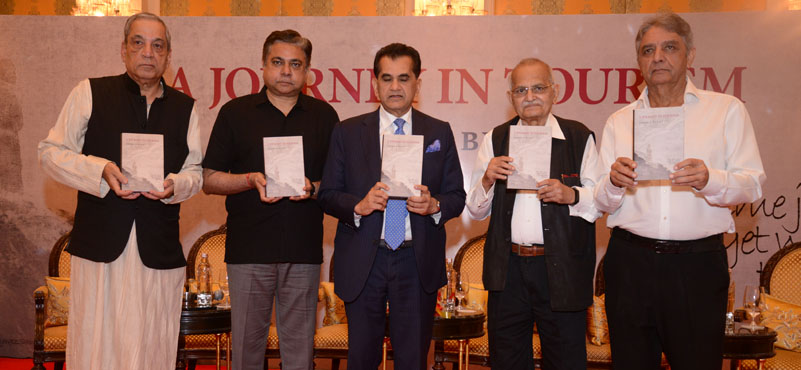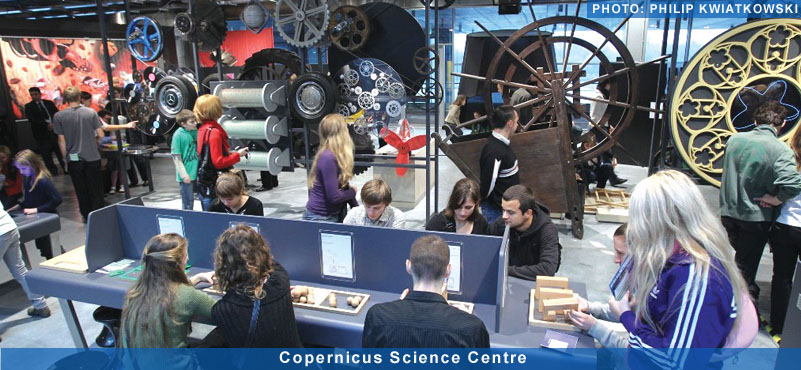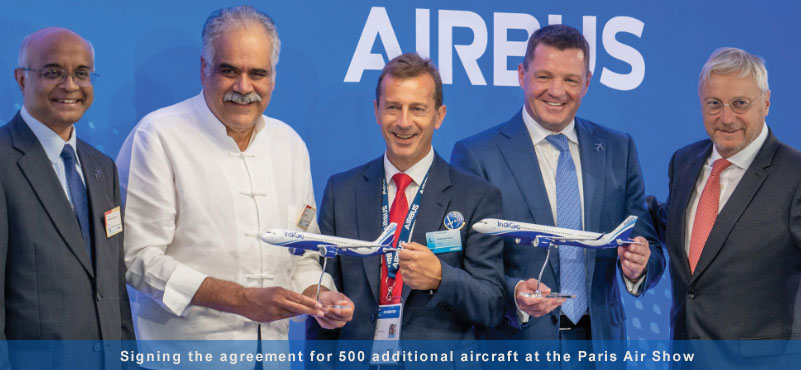Harsh Verma, Technical Advisor, UNWTO recently shared some profound insights on taking the tourism sector to the “next level”. Outlining the way forward, he believed that it was about time when India looked not only at product diversification but also equally focussed on finding new markets. Excerpts from his address:
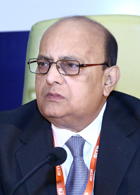
India needs to scout for business from the Scandinavian region and look at it as a potential new hub for inbound in to India. He also advocated doing away with the over-reliability on a handful of traditional markets, naming the USA and the UK.
]He batted for cities and destinations in states playing a more “proactive role” in the entire process of tourism development. He suggested giving “more empowerment” to states and cities to develop markets for themselves as stand-alone destinations. He argued that it was “ultimately” states where tourism resources were located, and they were the ones with the “ownership of resources.”
Harsh Verma noted that traditional Indian tourism products had gone “stale” and had been “overused.” “It is like stale food which has been put in the fridge,” he lamented. He advocated applying more research for finding and nurturing newer tourism segments to maintain a sense of vibrancy in offerings.
His recommendation to policy makers in Ministry of Tourism, was to “play the role of a referee and not of a player”, allowing private stakeholders to carry forward the mantle of business. He suggested MoT to regulate, conduct research, issue guidelines, besides providing funding and issue policy directives, “particularly with regard to environmental conservation.” He also asked MoT stakeholders to “create a conducive environment for growth” for private sector initiatives and keep a “vigilant eye” on unfoldings in the industry, ensuring that developments were earnest and done in the right spirit. He asked MoT, despite all its wisdom and initiatives, “not to initiate, plan, develop, market and promote tourism on a pan-India basis.”
Addressing the travel trade industry, he said the industry was the “interpreter of demands”, and thereby needed to understand which supplies had “durability and marketability”, implying that there were some hits and misses by the domestic travel trade fraternity in identifying supplies worthy of marketability in an internationally competitive business environment.
Speaking on global churning, he shared some details on growth trends worldwide, asserting that “strong growth momentum” witnessed in 2017 was going to continue unabated in 2018 and beyond. Harsh Verma also shared that global tourism had grown by 7 percent which was “remarkable.” He suggested that upswing in the global economy and robust demand for outbound travel were key reasons in driving this northward ascent.
The APAC region accounted for a quarter of global arrivals, and has recorded a healthy 6 percent growth in arrivals, he shared, adding that the South Asian region was the fastest growing pocket in the APAC.
Reflecting on the domestic market, he mentioned that India had registered more growth in foreign exchange earnings than tourist arrivals in 2017, meaning India had serviced tourists who were “better off financially”. He, however, expressed concern whether the growth was “sustainable” in the long-term and asked if India had requisite products, adequate infrastructure, super-structure, tourist services and facilities, accessibility to destinations and skilled human resource to absorb the growth. He also voiced his concern on the implications of growth “on the country, economy, society and environment.”

